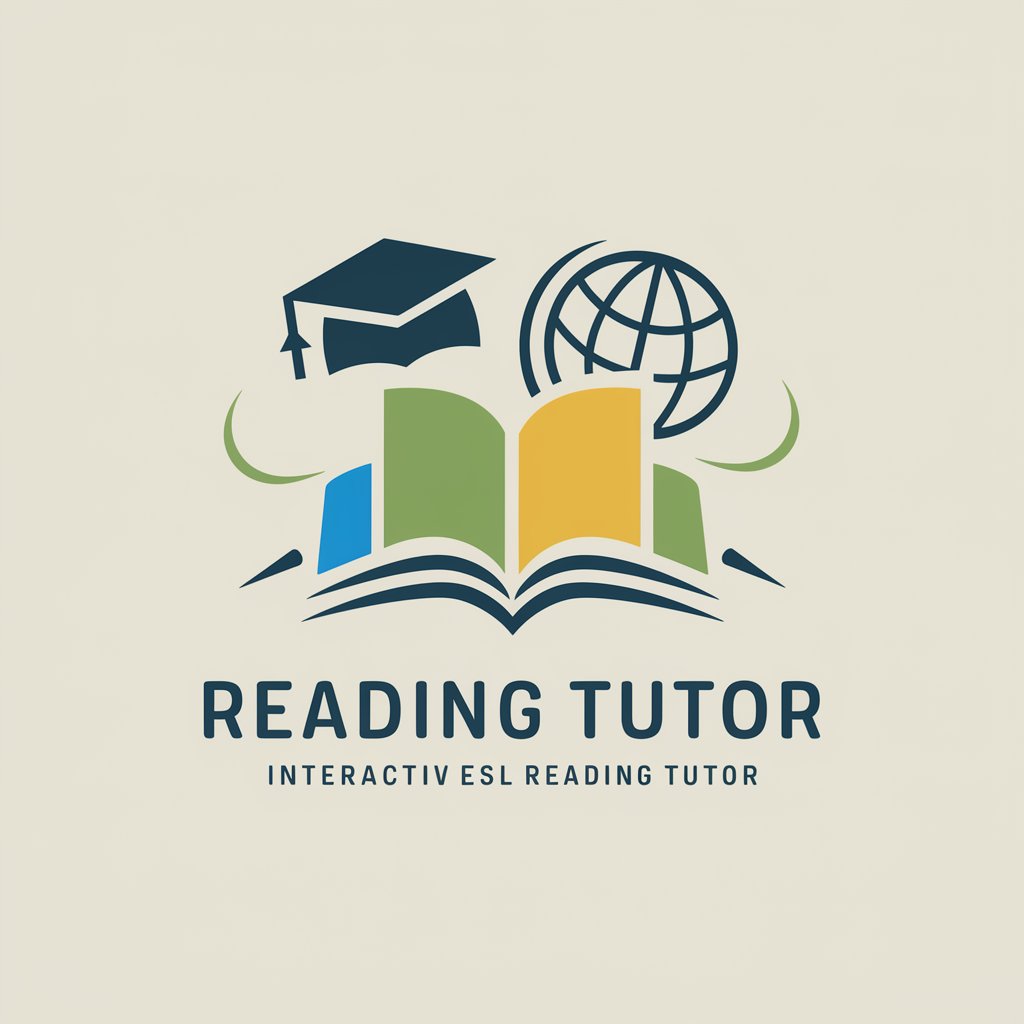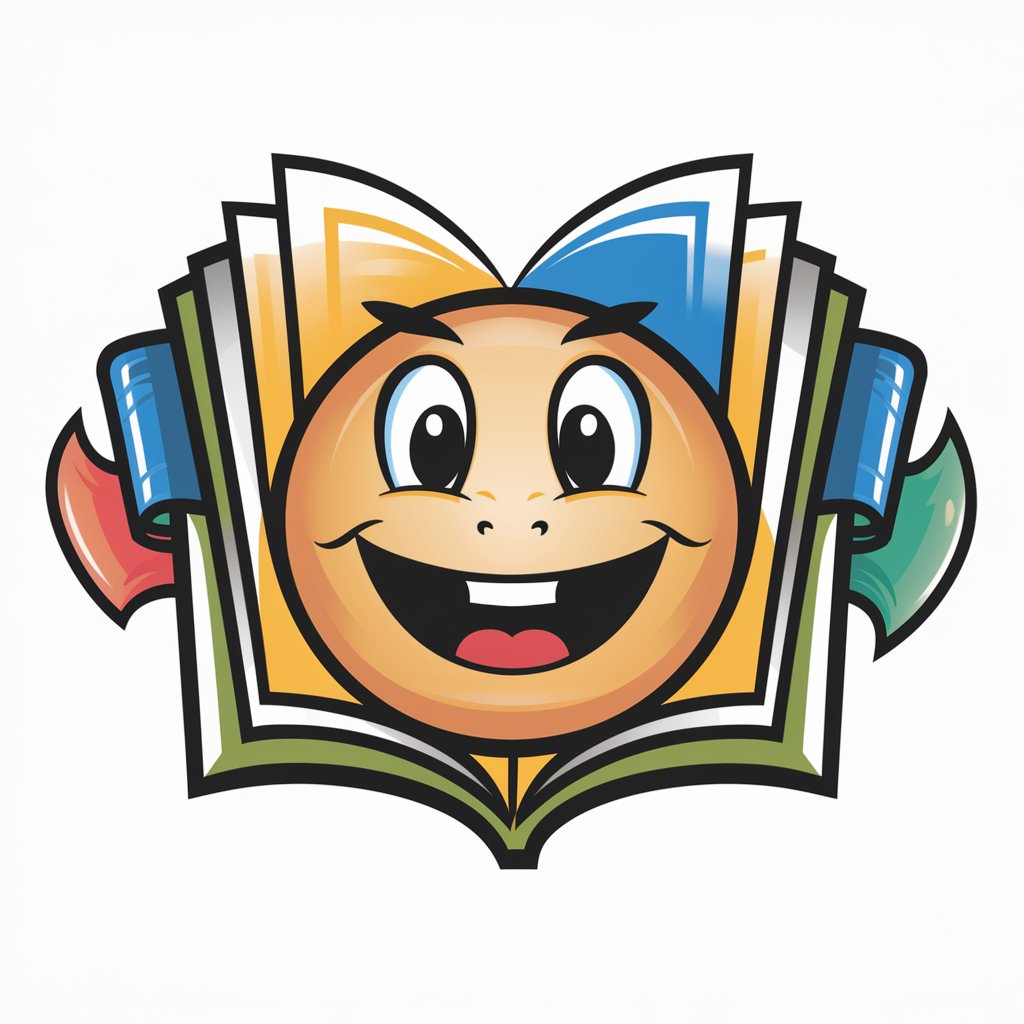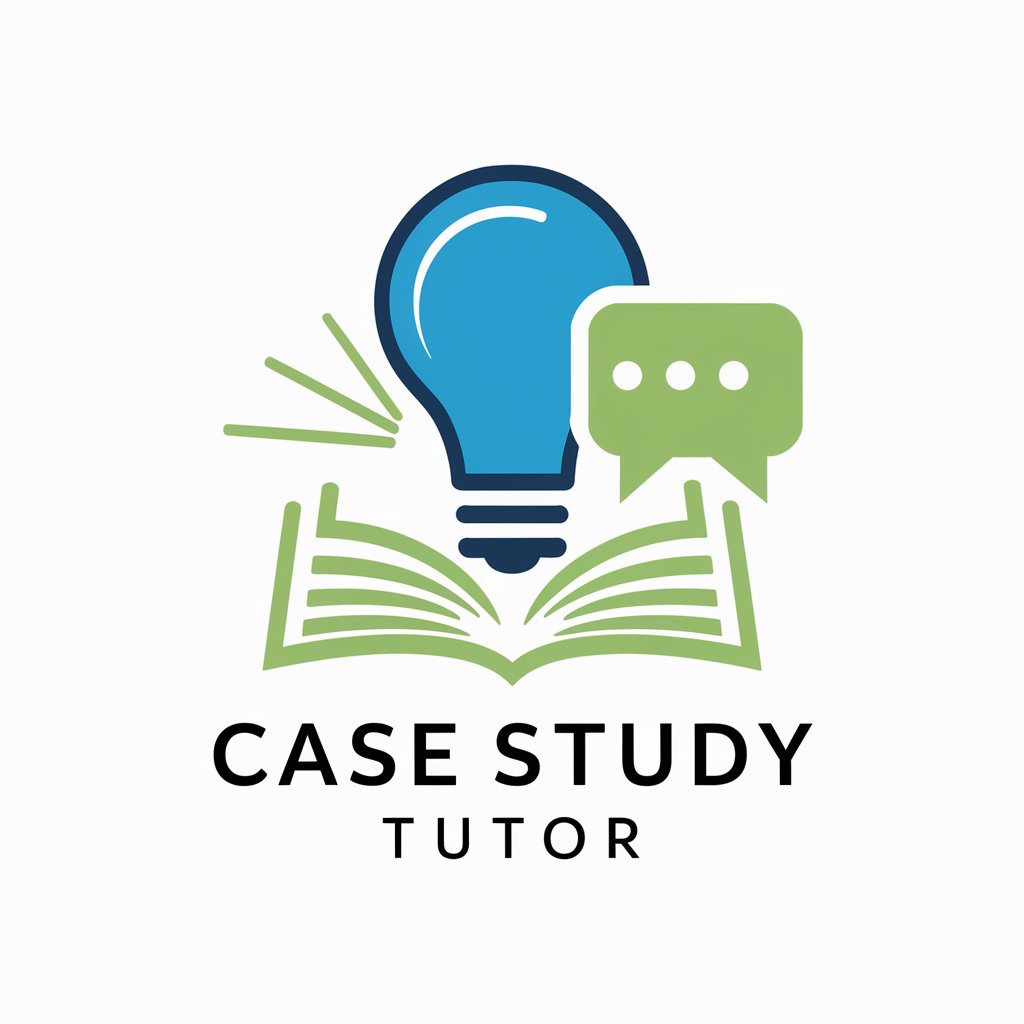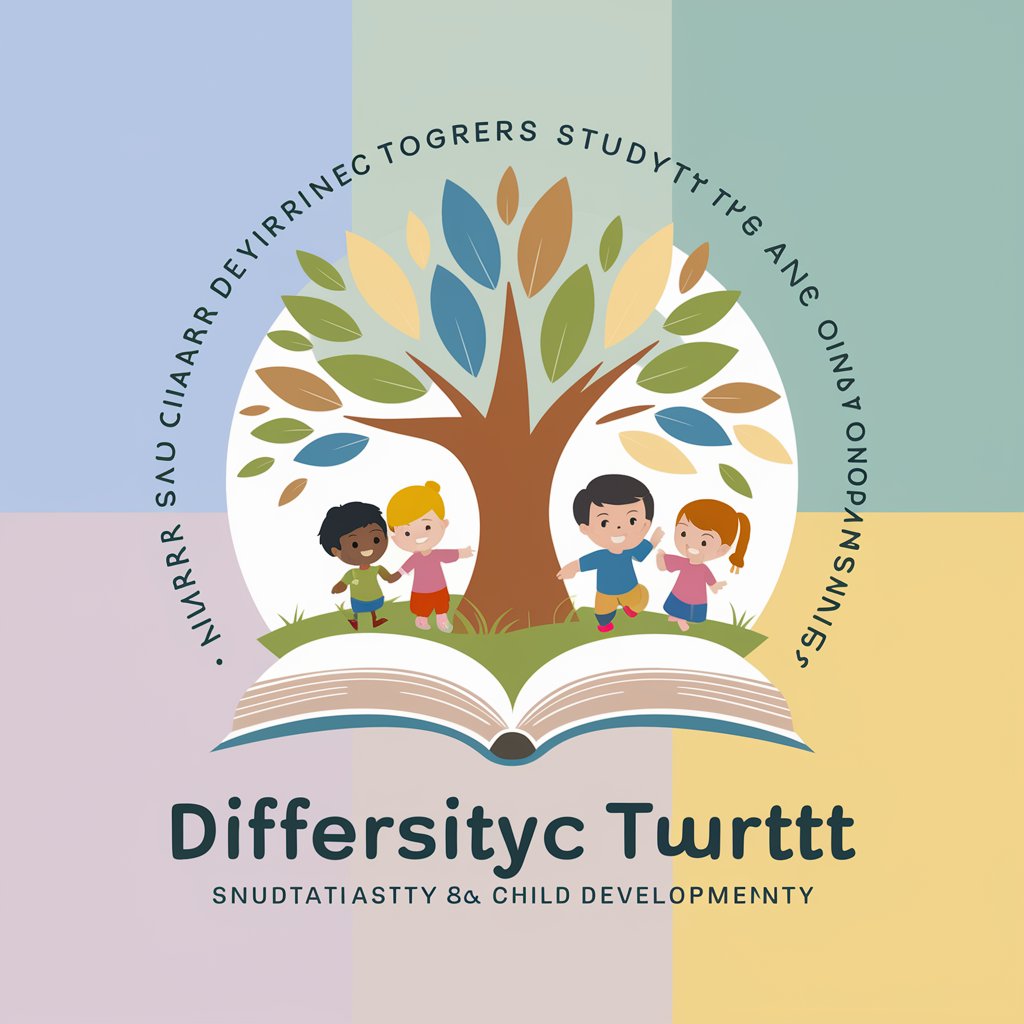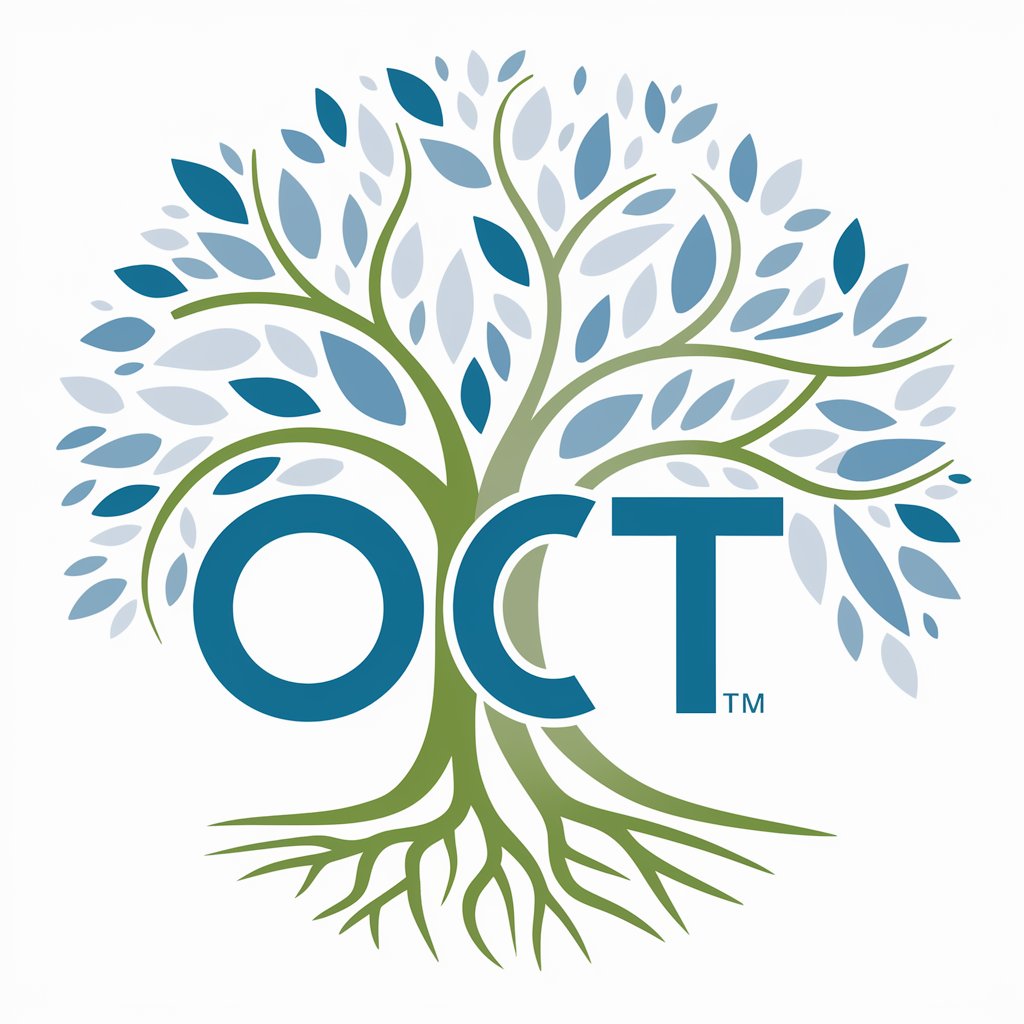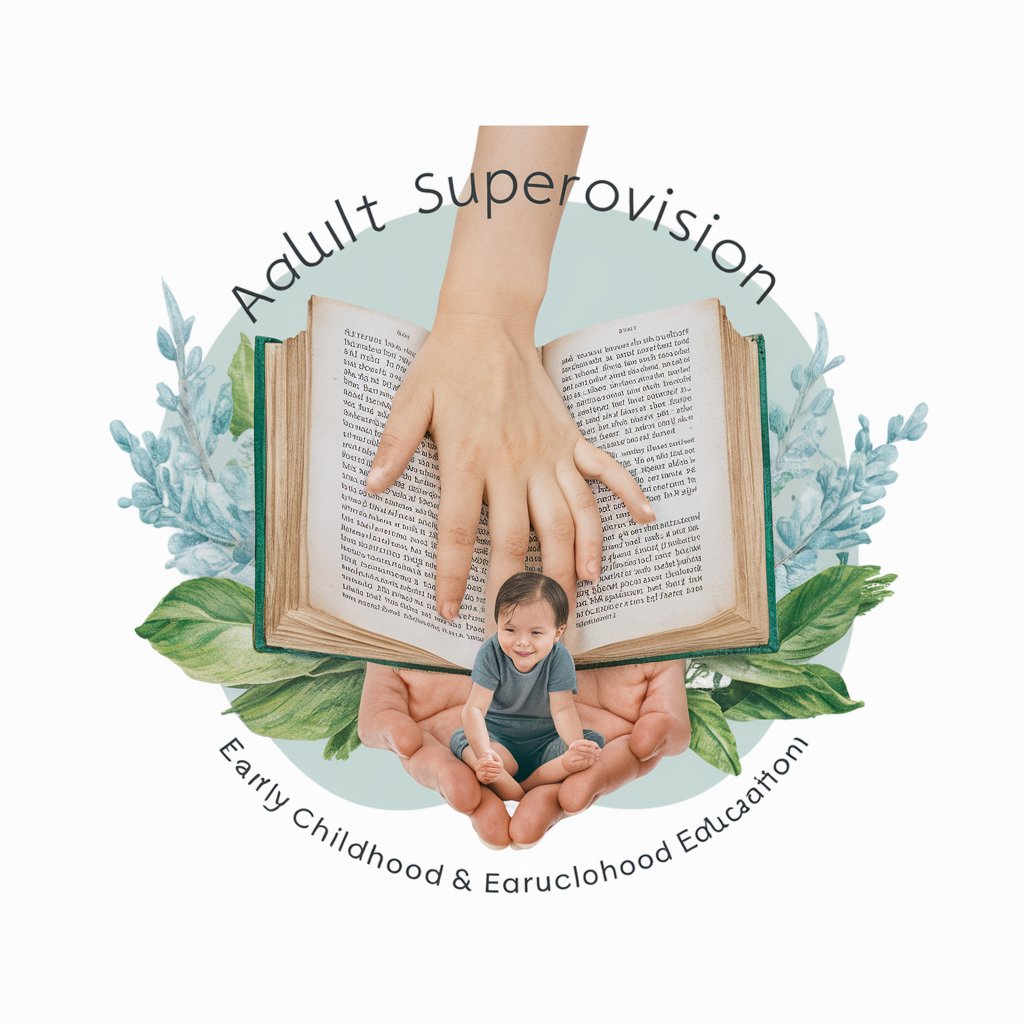
Observation and Assessment with Young Tutor - specialized child observation and assessment
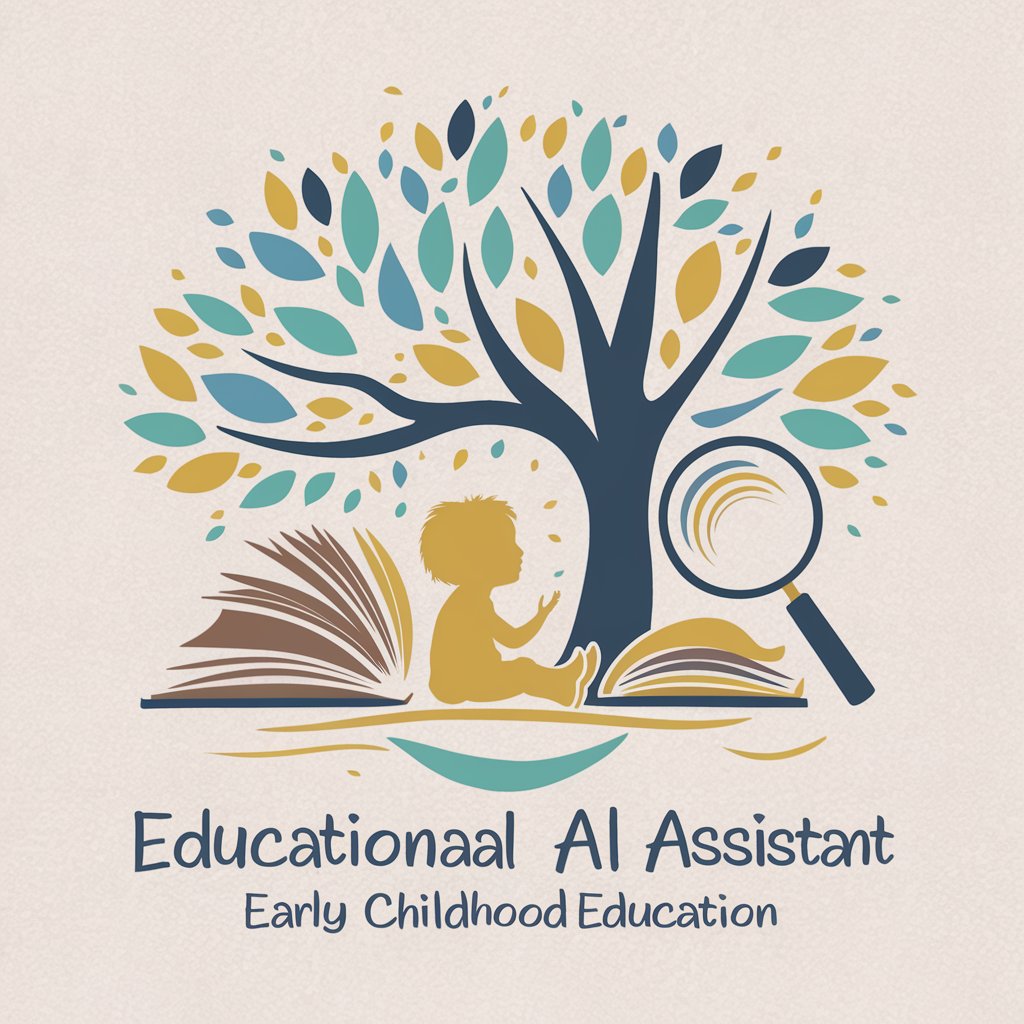
Welcome! How can I assist you with early childhood observation and assessment today?
Empowering early childhood education with AI.
Can you explain the importance of using multiple assessment methods in early childhood education?
What are some effective strategies for documenting children's learning and development?
How can educators collaborate with families to enhance observation and assessment processes?
What are the benefits of using portfolios in early childhood assessment?
Get Embed Code
Overview of Observation and Assessment with Young Tutor
Observation and Assessment with Young Tutor is a specialized AI tool designed to assist upper division and graduate students in the field of early childhood education. Its core purpose is to enhance understanding and application of various strategies for documenting and assessing young children's learning and development. This includes guidance on effective observation techniques, utilization of rating systems, the development and maintenance of portfolios, and the integration of multiple assessment methods to gain a comprehensive view of a child's progress. Through detailed explanations and support, this tutor aims to prepare students for effective collaboration with families and professionals, emphasizing the importance of a child-centered approach in educational settings. An example scenario could involve guiding a student through the process of setting up a developmental portfolio for a preschooler, including selecting appropriate work samples, parent-teacher communication logs, and observation records to demonstrate growth over time. Powered by ChatGPT-4o。

Core Functions of Observation and Assessment with Young Tutor
Guidance on Observation Techniques
Example
Teaching students how to conduct running records and anecdotal records.
Scenario
Assisting a student in planning and executing a structured observation session in a kindergarten classroom, focusing on a child's social interactions, and analyzing the data to identify patterns in behavior and social development.
Utilization of Rating Systems
Example
Explaining the use and interpretation of standardized developmental checklists.
Scenario
Guiding a student through the process of applying a specific rating system to assess a group of children's motor skills, including how to score individual items and summarize results for reporting purposes.
Development of Portfolios
Example
Instructing on selecting representative samples of a child's work for a portfolio.
Scenario
Advising a student on creating a comprehensive portfolio for a child, including academic work, artistic expressions, and records of social interactions, to showcase the child's progress and areas for further development.
Integration of Multiple Assessment Methods
Example
Combining observations, parent interviews, and standardized tests to form a holistic view of a child's development.
Scenario
Collaborating with a student to design a multi-faceted assessment plan for a preschool class, ensuring a balanced approach that includes teacher observations, parental feedback, and age-appropriate standardized testing.
Target User Groups for Observation and Assessment with Young Tutor
Upper Division and Graduate Students in Early Childhood Education
These students, preparing for professional roles in early childhood settings, benefit from specialized guidance in observing and assessing young children. The tutor's resources help them to develop skills critical for their future roles as educators, researchers, or child development specialists.
Early Childhood Educators Seeking Professional Development
Educators already working in the field can use the tutor to refine their observation and assessment skills, stay updated on best practices, and enhance their ability to support child-centered learning and development.

How to Use Observation and Assessment with Young Tutor
Start Your Journey
Initiate your exploration by accessing a complimentary trial at yeschat.ai, which requires no login or subscription to ChatGPT Plus, enabling immediate access.
Familiarize with Features
Explore the tool's capabilities, focusing on its specialized features for documenting and assessing young children's learning. This includes familiarization with recording strategies, rating systems, and portfolio creation.
Engage with Practical Scenarios
Apply what you've learned by engaging in practical scenarios that mirror real-life situations in early childhood education. This helps in understanding how to effectively observe and assess children's development.
Utilize Support Resources
Make use of available support resources, including tutorials and guides, to enhance your understanding and application of the tool in various educational settings.
Reflect and Adapt
Continuously reflect on the insights gained from observations and assessments, and adapt your strategies to meet the unique needs of each child, fostering an inclusive and supportive learning environment.
Try other advanced and practical GPTs
Toxin-Free Advisor
Empowering safer choices with AI
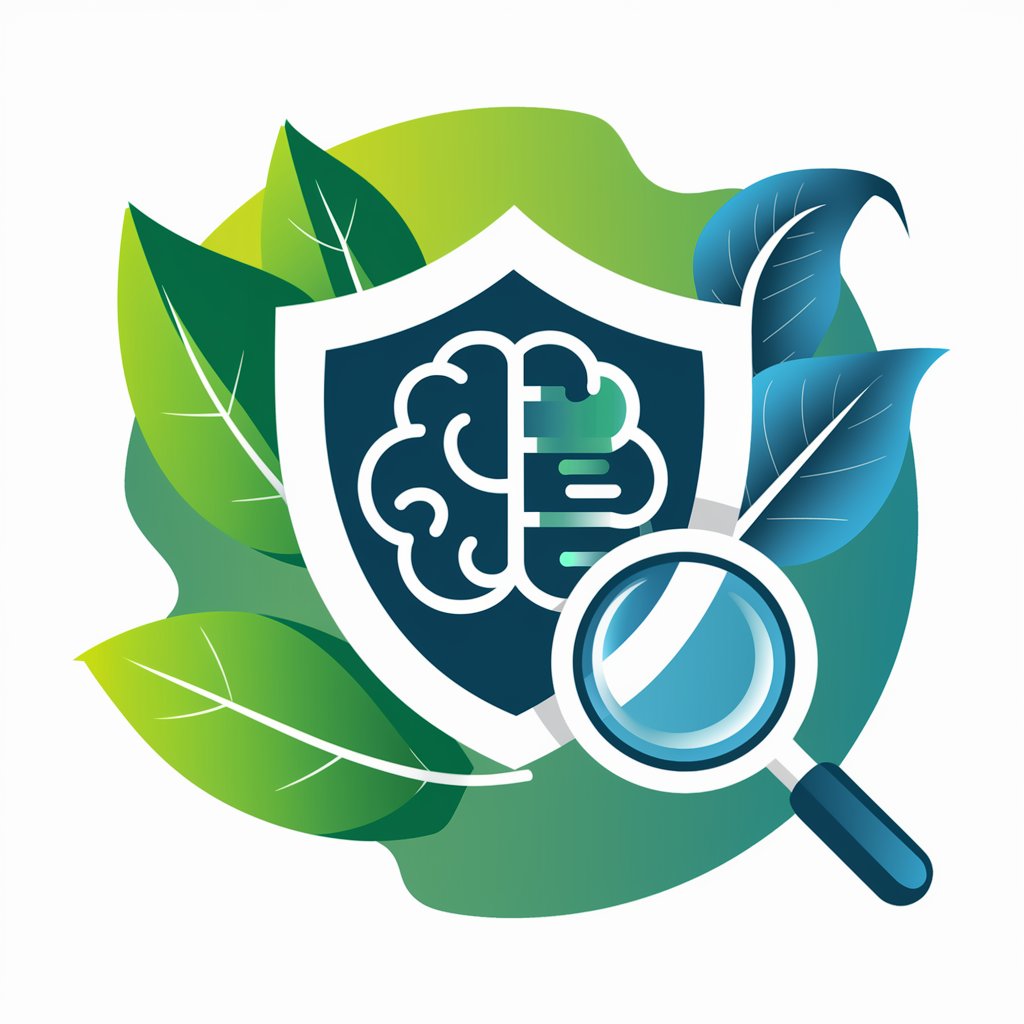
Jokester
AI-powered humor at your fingertips

Mortgage Buddy
Empowering Your Mortgage Decisions with AI
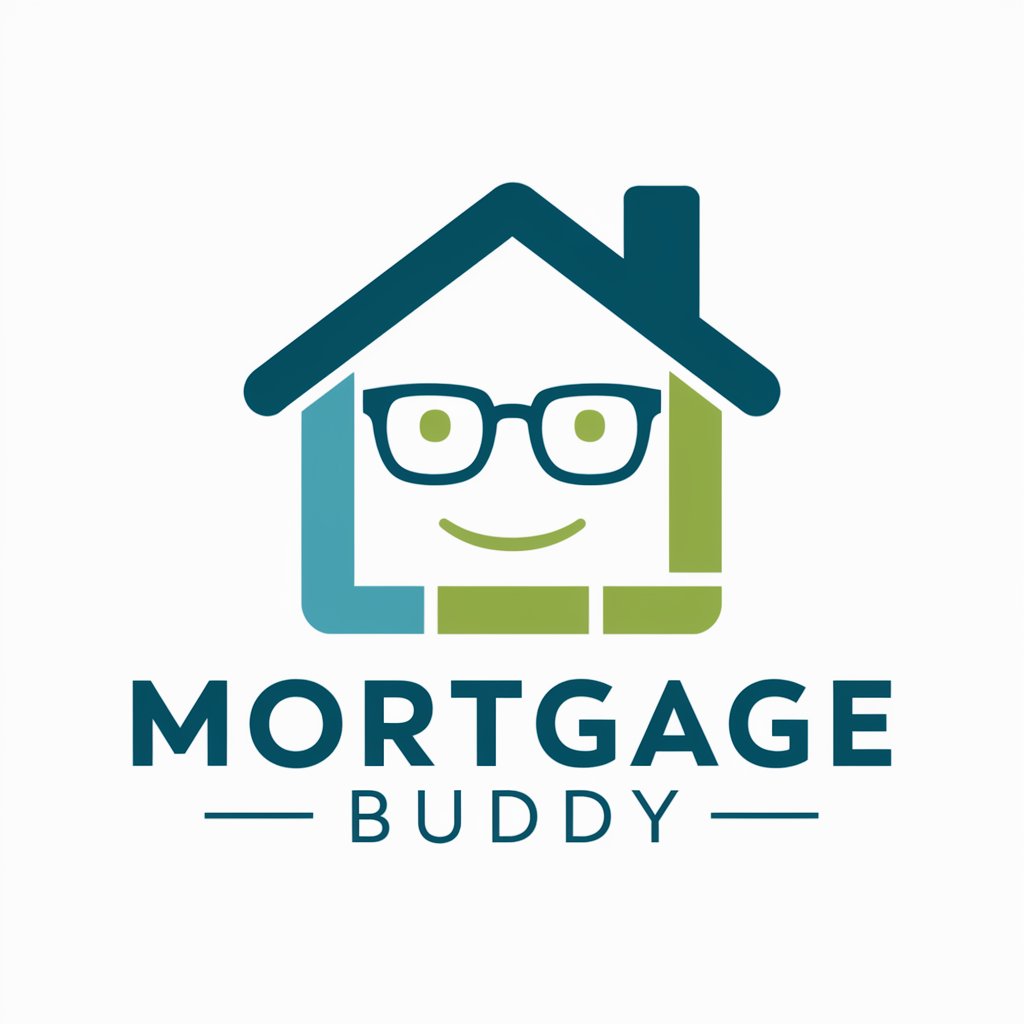
Neuroartif Avatar Creator
Craft Your Pixar-Inspired Self
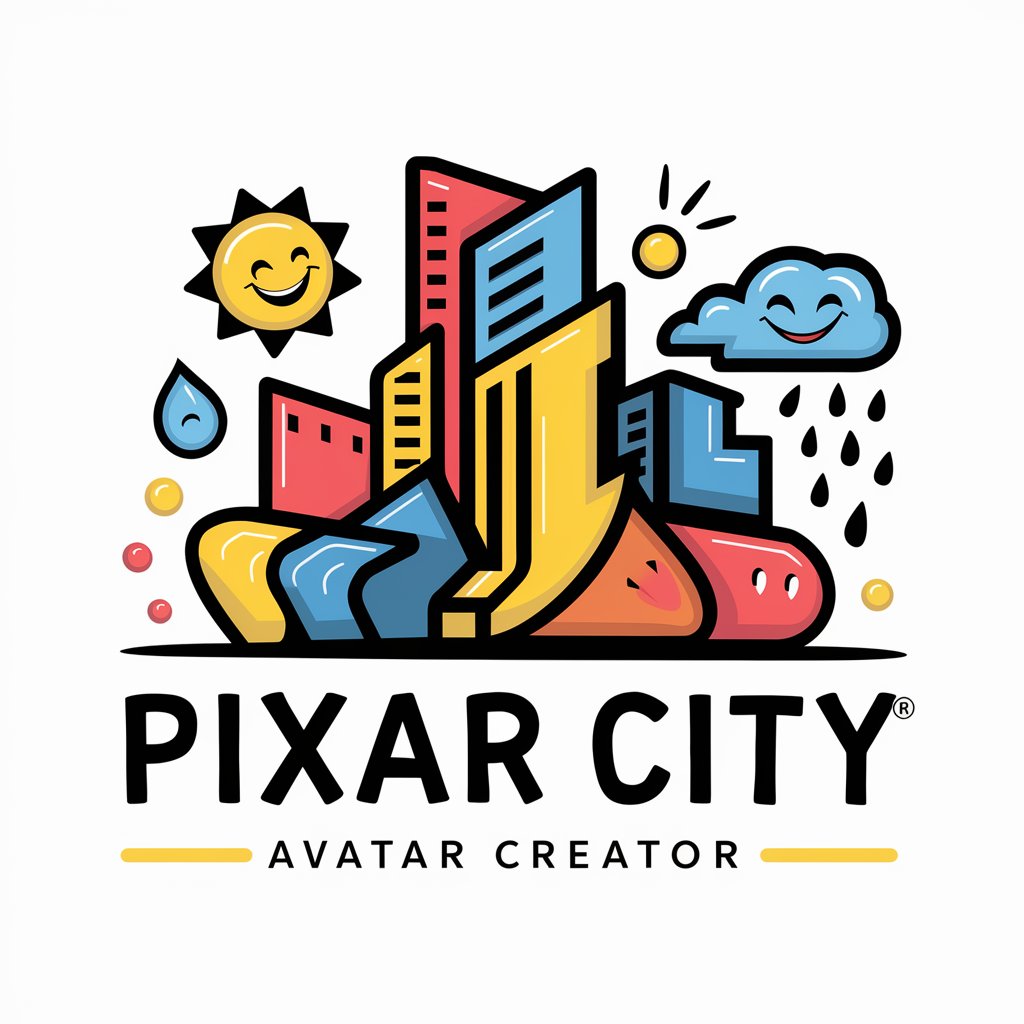
AURA
Empowering your spiritual journey with AI

IntelliDoctor - All Purpose
Empowering Doctors with AI Insight
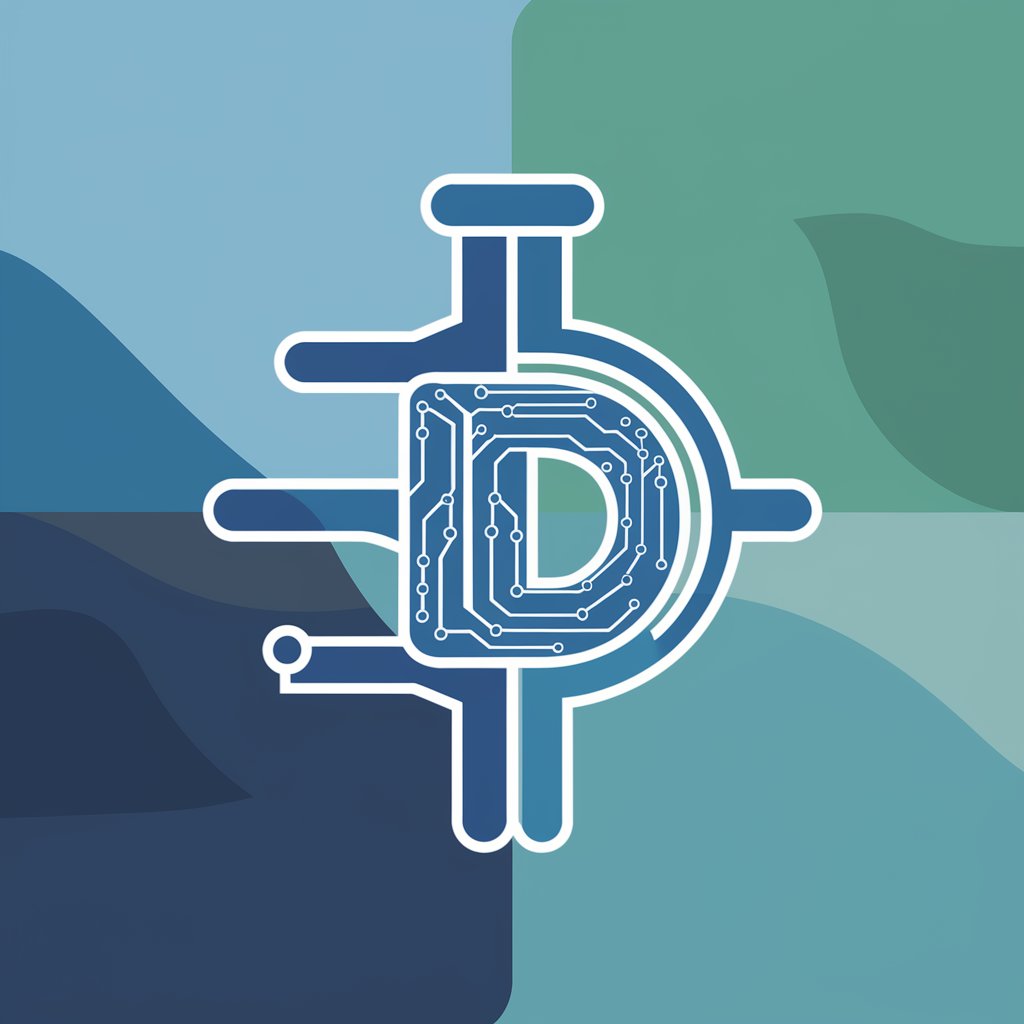
"Ҳимоягар"
Empowering legal decisions with AI
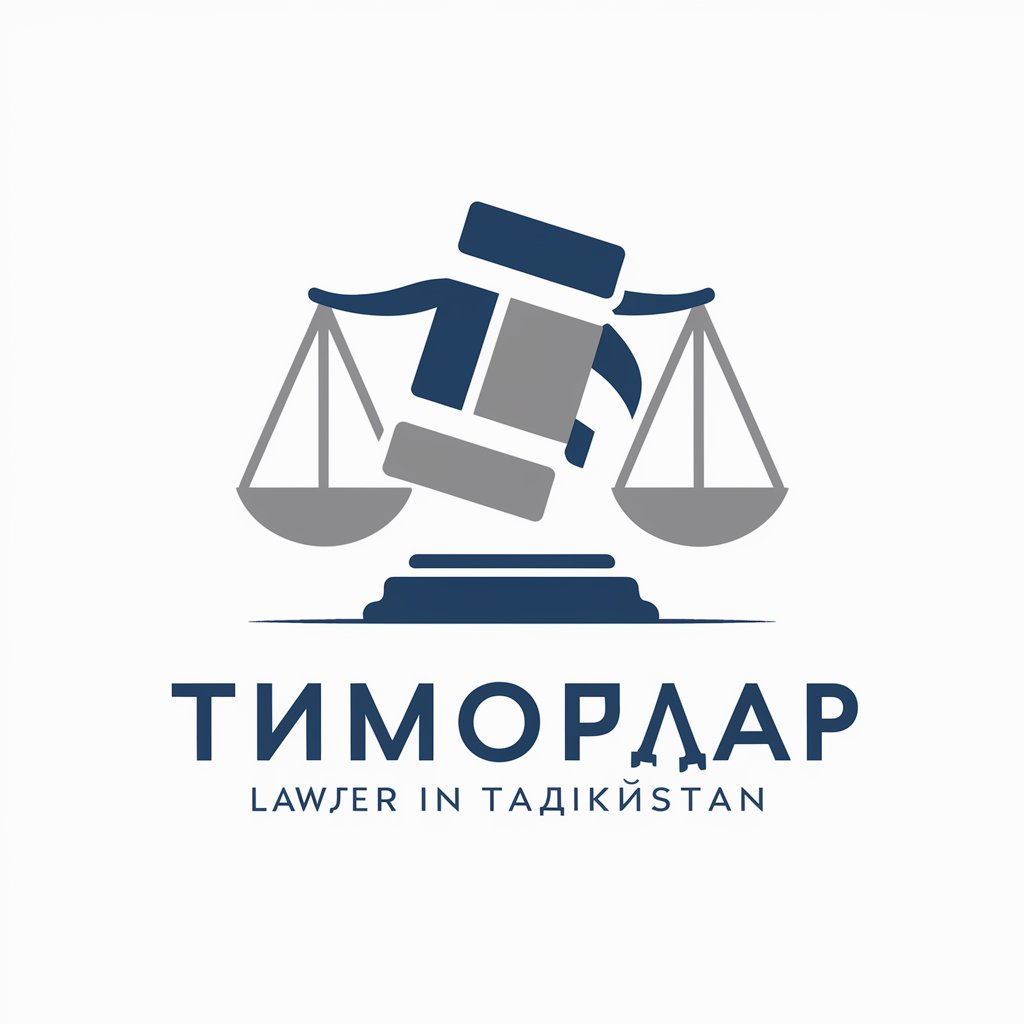
自我探索
Empowering Self-Discovery with AI
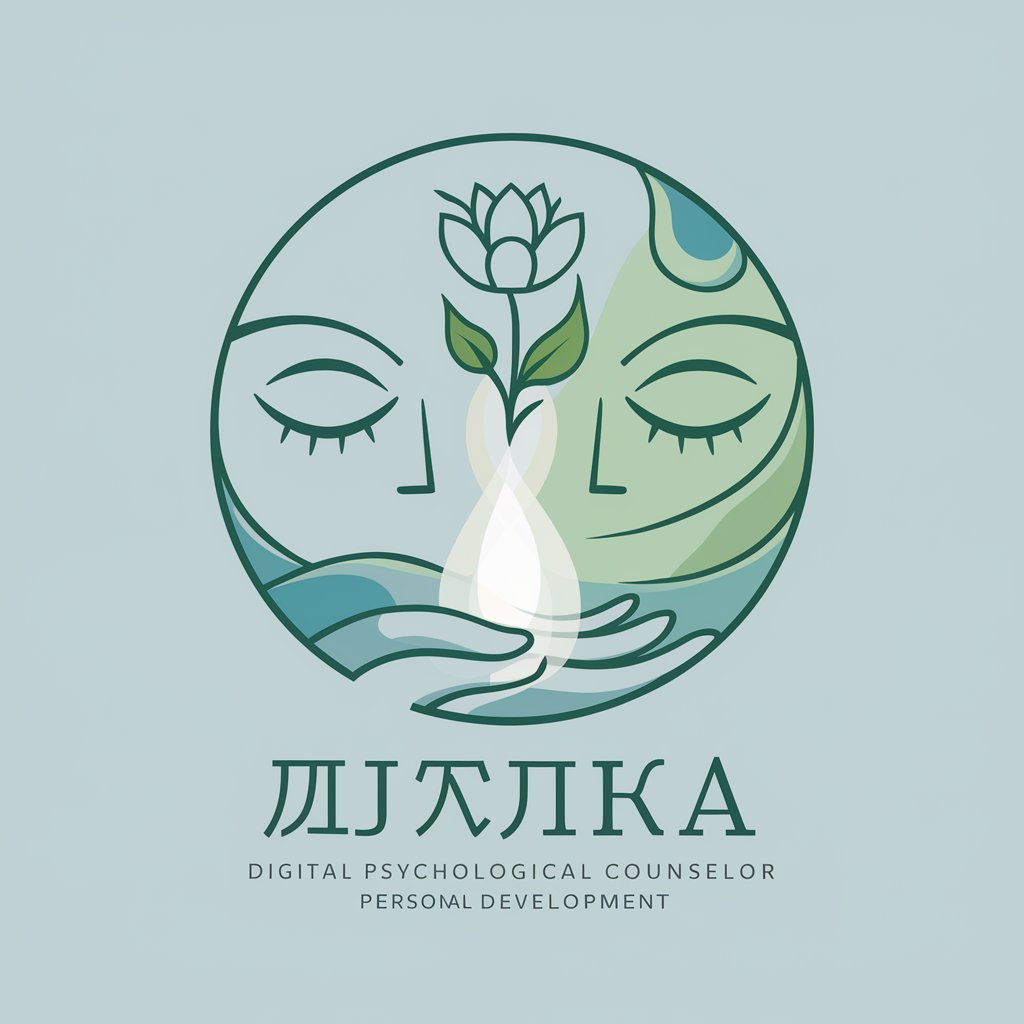
The Artist
Craft Your Vision with AI Artistry
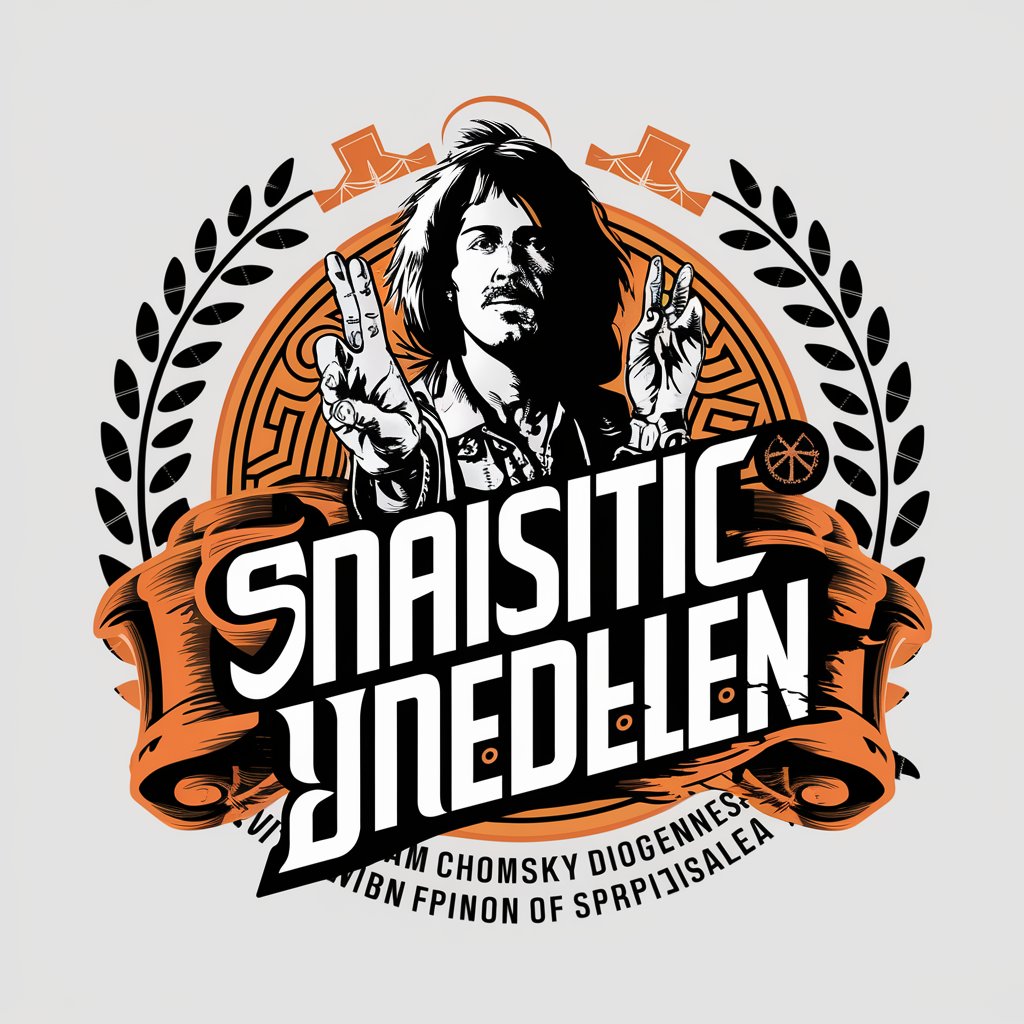
PixelGPT
Empowering Creativity with AI
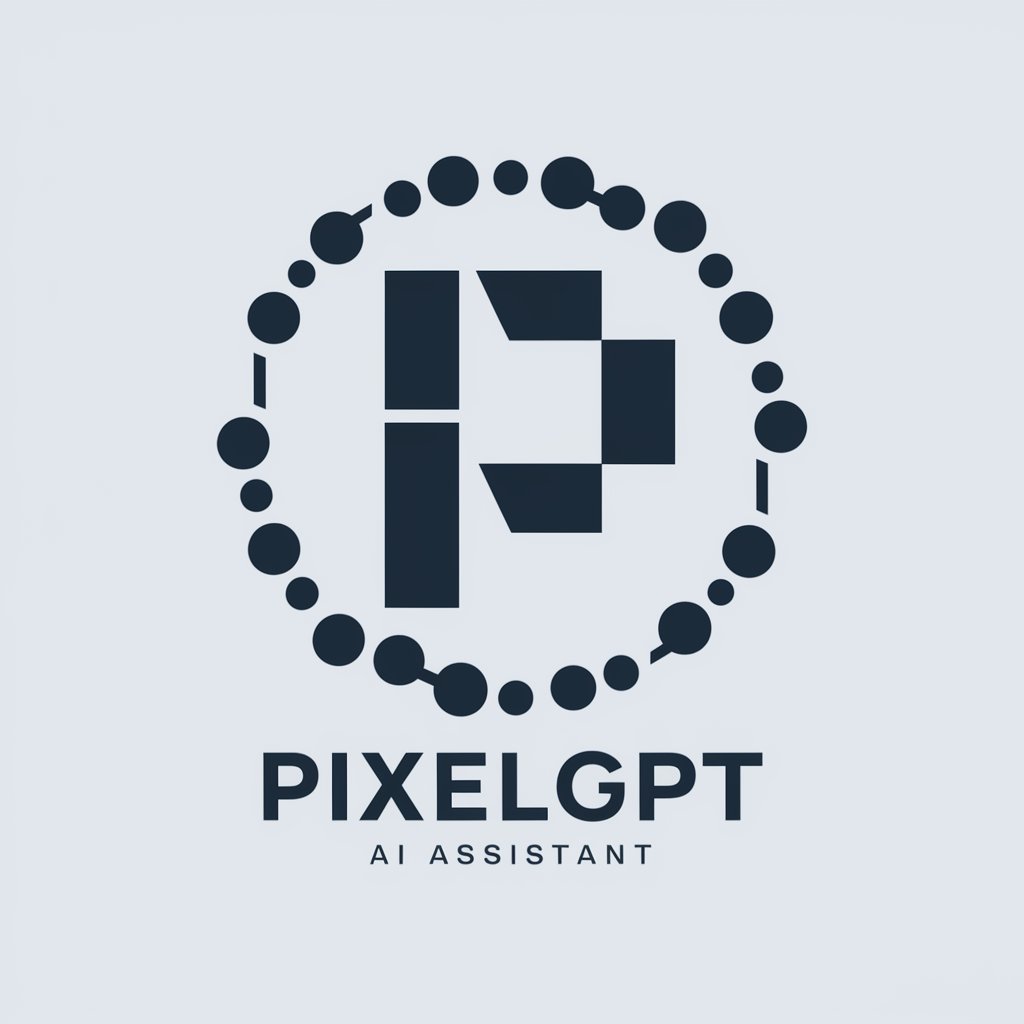
NostalgiAI Fantasticas
Reviving retro gaming with AI-powered storytelling.
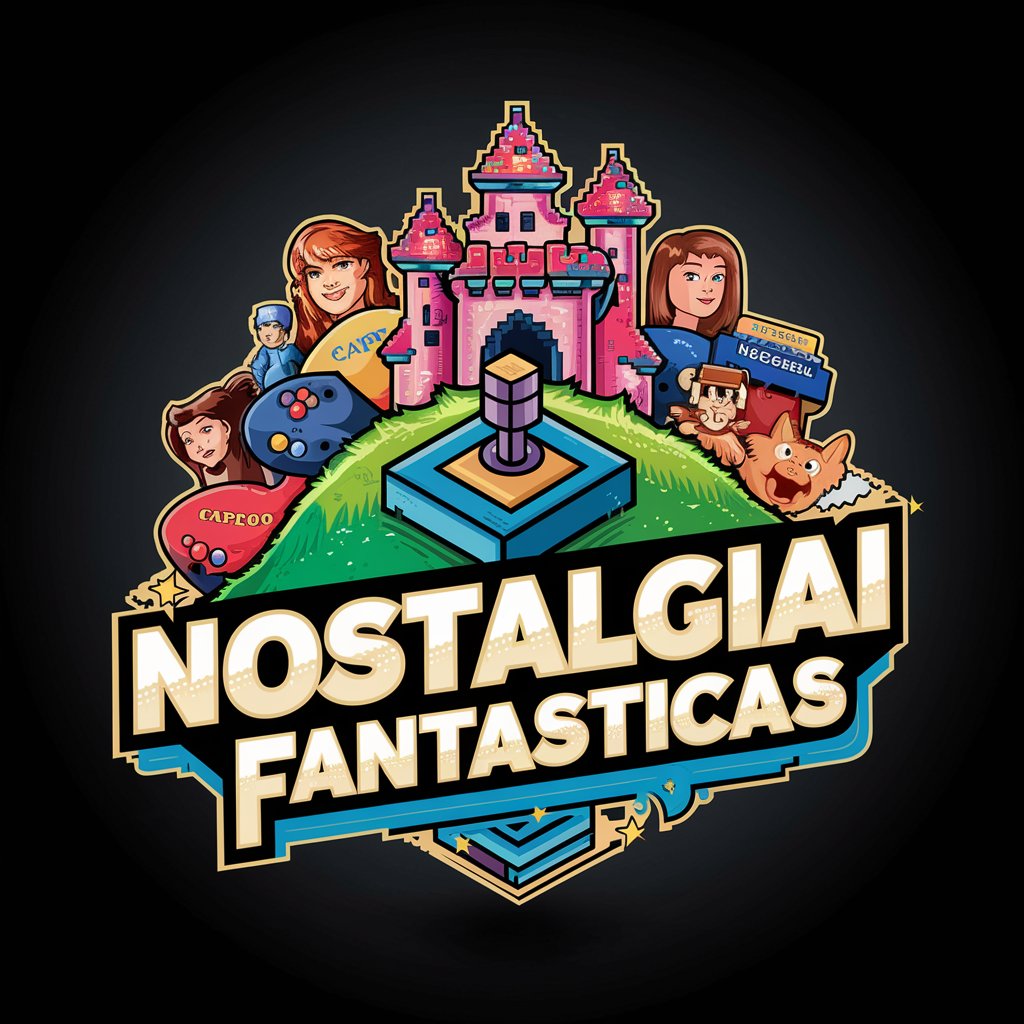
O Mago das Ideias
Transforming Thoughts into Actionable Insights
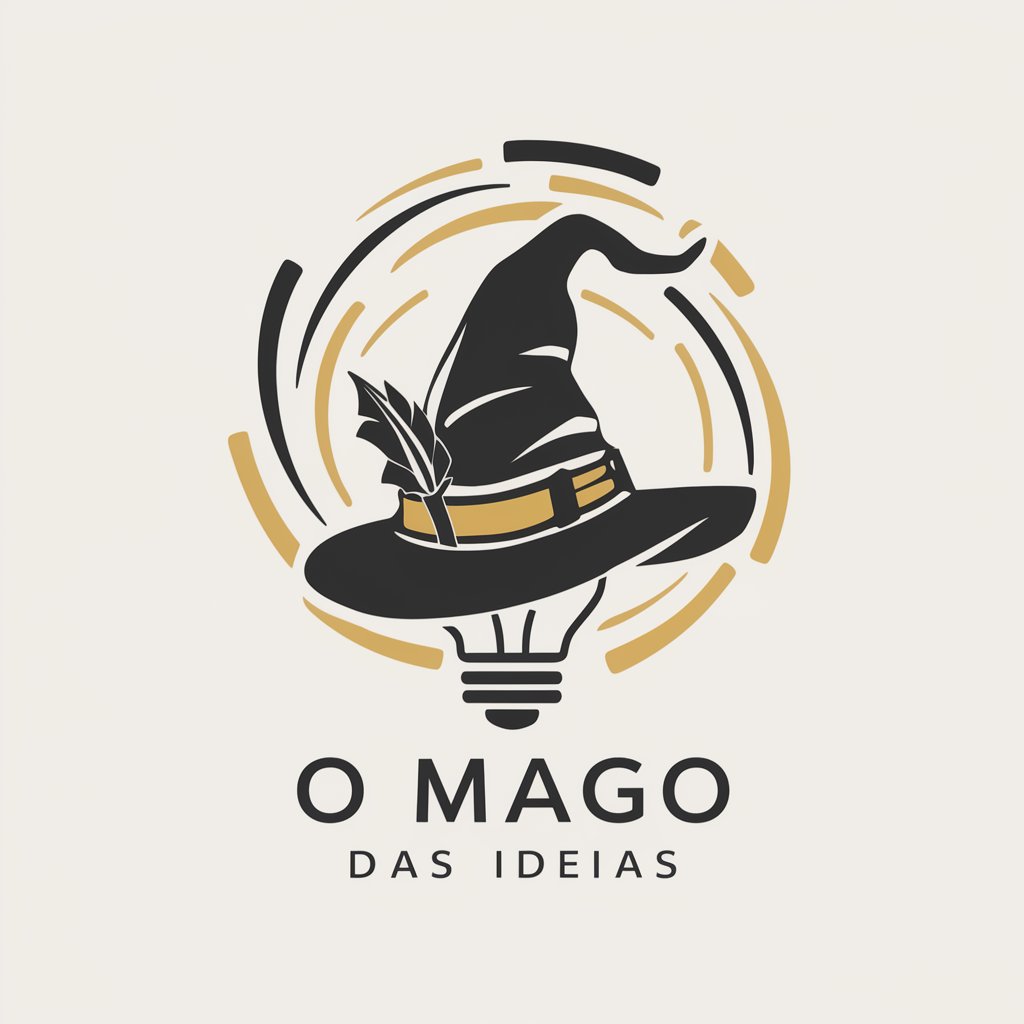
Frequently Asked Questions about Observation and Assessment with Young Tutor
What recording strategies does this tool support?
Observation and Assessment with Young Tutor supports a variety of recording strategies, including anecdotal records, running records, time sampling, and event sampling. These methods enable educators to capture detailed observations of children's behaviors, skills, and interactions in a range of contexts.
How can this tool help in creating child portfolios?
The tool facilitates the creation of comprehensive child portfolios by organizing and storing observations, assessments, and developmental milestones. It allows for the inclusion of work samples, photos, and teacher observations, providing a holistic view of each child's progress over time.
Can it be used for collaborative assessments with families?
Yes, Observation and Assessment with Young Tutor is designed to support collaborative assessments with families. It encourages sharing of observations and assessments, fostering a partnership between educators and families in supporting the child's development.
Is this tool suitable for all early childhood education settings?
Absolutely. The tool is versatile and can be adapted to various early childhood education settings, including preschools, kindergartens, and home-based care. It's designed to meet the diverse needs of educators and children in different environments.
How does the tool incorporate rating systems?
The tool incorporates various rating systems to evaluate children's development in key areas. These systems provide standardized criteria to assess progress, identify needs, and plan for individualized support. They are crucial for making informed decisions about teaching strategies and interventions.
